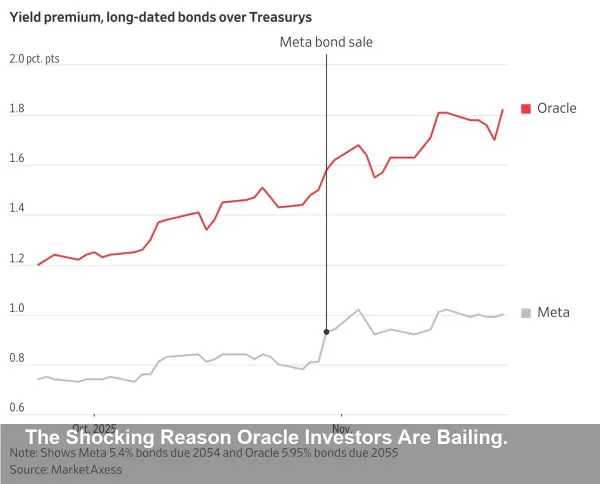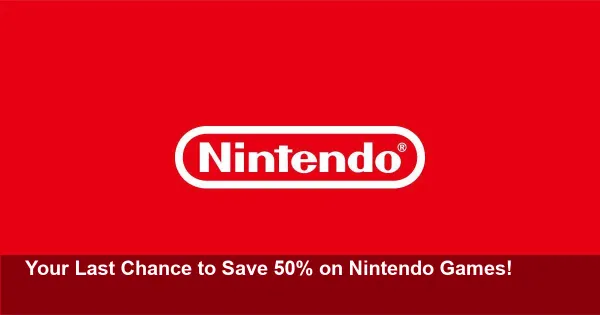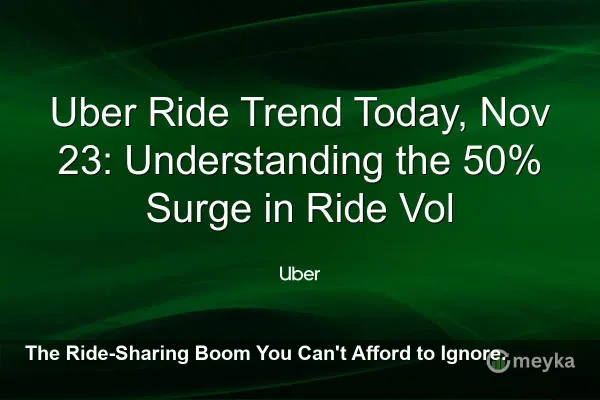SentinelOne's Shocking Drop: A Hidden Opportunity?

- SentinelOne's stock has plummeted, falling 6.4% in the last week and a staggering 28.4% so far this year, sparking investor concern.
- A detailed Discounted Cash Flow (DCF) analysis suggests the company could be significantly undervalued, with a potential upside of over 31%.
- However, a different metric, the Price-to-Sales (P/S) ratio, indicates that the current stock price is fairly valued against its peers and growth outlook.
- The stock's decline is set against a backdrop of industry-wide shifts, including increased cyber attacks and evolving enterprise spending habits.
SentinelOne Shares Tumble Amid Market Uncertainty
Shares of cybersecurity firm SentinelOne (NYSE: S) have experienced a significant downturn, dropping 28.4% year-to-date and leaving many investors questioning the company's future. The recent slide has been amplified by a flurry of news surrounding the competitive cybersecurity landscape and shifting enterprise budgets. This raises a critical question for the market: Is this sharp decline a sign of underlying risk, or does it present a rare buying opportunity for those willing to look closer?
The Bull Case: A 31.5% Discount Hidden in Cash Flow
One of the most compelling arguments for SentinelOne being a bargain lies in a Discounted Cash Flow (DCF) valuation. This model, which projects a company's future cash generation to determine its current intrinsic worth, paints a very optimistic picture.
Analysts project SentinelOne's Free Cash Flow (FCF) to grow from its current $12.3 million to nearly $215 million by 2028. Based on these powerful growth forecasts, a DCF model estimates the stock's true value at $23.61 per share. Compared to its current trading price, this suggests SentinelOne is undervalued by a remarkable 31.5%.
The Neutral Case: A Fair Price for a Growing Company
While the DCF analysis points to a significant discount, another widely used metric tells a different story. For a high-growth, not-yet-profitable software company like SentinelOne, the Price-to-Sales (P/S) ratio is often considered a more relevant indicator of value.
SentinelOne currently trades at a P/S ratio of 6.0x. This is slightly below the average of its direct competitors (6.8x) but higher than the broader software industry average (4.7x). Further analysis using a "Fair Ratio," which accounts for growth, margins, and risk, calculates an appropriate multiple of 6.89x. Since this is very close to the company's actual P/S ratio, this valuation method suggests the stock is trading at a price that is just about right, reflecting its current fundamentals fairly.
Weighing Opportunity Against Market Headwinds
The conflicting signals from different valuation models highlight the dilemma investors face. The stock's dramatic fall has been influenced by legitimate industry-wide concerns, including the rising sophistication of cyber threats and caution in enterprise spending.
Ultimately, the decision to view SentinelOne as a risk or an opportunity depends on which narrative an investor believes. Is the market overreacting to short-term headwinds and ignoring the company's massive long-term cash flow potential? Or is the current stock price an accurate reflection of its sales performance in a highly competitive and challenging environment?




